Table of Contents
In a world where energy costs seem to perpetually rise, there’s a glimmer of hope on the horizon – solar panels. They hold the promise of sustainable power, reduced bills, and a cleaner environment. But the first question on everyone’s mind is, “What is the cost of solar panels in India?” Join us as we delve into the intricacies of solar panel expenses in India and know how solar panels really work.
Components of Solar Energy
Solar Energy consists of 4 main components that make the solar panels work:
- Solar Panels
- Solar Battery
- Solar Inverter
- Solar Inverter
- Stand for Solar Panels
- Other necessary accessories
Types of Solar Panels System
- Solar Panel System with Battery (Off-Grid System)
- Solar Panel System without Battery (On-Grid System)
Types of Solar Panels
- Polycrystalline Solar Panels: Traditional & Cost-effective Solar Panels
- Mono Crystalline Solar Panels: Highly-advanced, space saving and aesthetic solar panels available in India
- Thin-Film Solar Panels : Relatively low-cost and short span solar panels
How to Find the Best Solar Panels for your home and workspace?
Solar Panel Capacity
A crucial factor influencing solar panel costs is their capacity, typically measured in watts. Higher-capacity panels generate more electricity but can be costlier upfront. It’s essential to strike a balance between capacity and budget to ensure your system meets your energy needs.
Pick the Best Brand for Solar Panels in india
The quality and brand of solar panels play a significant role in their pricing. Investing in high-quality panels from reputable manufacturers can result in better long-term performance and durability. While these panels may come with a higher initial cost, they often prove to be more cost-effective in the long run due to their reliability.
Certification & Licences
When purchasing solar panels in India, always look for the ones enlisted in ALMM (Approved List of Models & Manufacturers) and BIS Certified that are the ultimate marks of trust.
Average Cost of Solar Panels in India
Solar panels cost in India begins at Rs 40,000 and can vary as per the quality, capacity, brand and installation dynamics.
Following are some factors affecting the cost of solar panels in India
Type of Solar Panel: The choice between monocrystalline, polycrystalline, or thin-film panels can impact the price. Monocrystalline panels are generally more efficient but costlier.
Panel Capacity: Panels with higher wattage or capacity tend to be more expensive. Consider your energy needs when selecting panel capacity.
Quality and Brand: High-quality panels from reputable brands may come with a higher upfront cost but often offer better long-term performance and warranties.
Installation Costs: Professional installation by certified technicians adds to the overall expense. Proper installation ensures safety and system efficiency.
Government Incentives: Government incentives, such as subsidies, tax credits, and rebates, can significantly reduce the cost of solar panel installations.
Location and Sunlight: The geographical location and local sunlight availability can affect the efficiency of your solar panels, which can influence your overall return on investment.
Maintenance and Operational Costs: Although solar panels have low maintenance requirements, long-term operational costs, including cleaning and potential repairs, should be considered.
Financing Options: The method of financing, whether through loans, leases, or power purchase agreements (PPAs), can impact the overall cost structure of your solar panel system.
Aesthetic Considerations: If you opt for aesthetically customised solar panels or integration into architectural designs, it can increase costs.
Conclusion
Solar Energy System installation is a very important process and it is beneficial only when done by the experts. IB Solar provides you complete professional assistance for installation of your Solar Energy System. If you are looking to install a solar panel, contact a experienced installer to ensure a long life for your long life to your solar panel. IB Solar provides a number of Solar Energy Systems with a wide variety of products. For proper Installation of Solar energy system, it is necessary to contact a experienced installer and get all the necessary products.

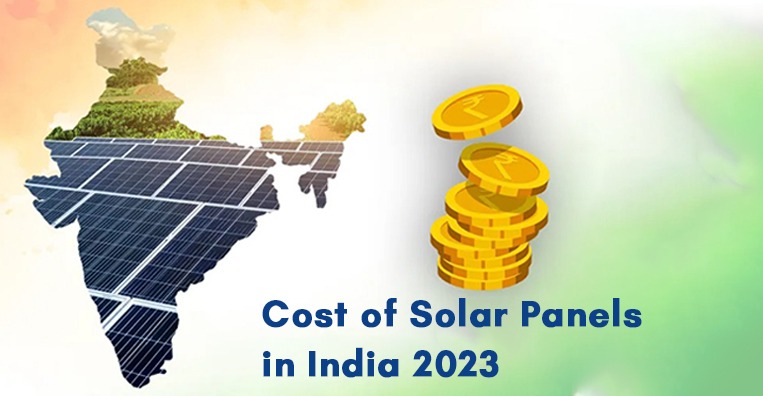
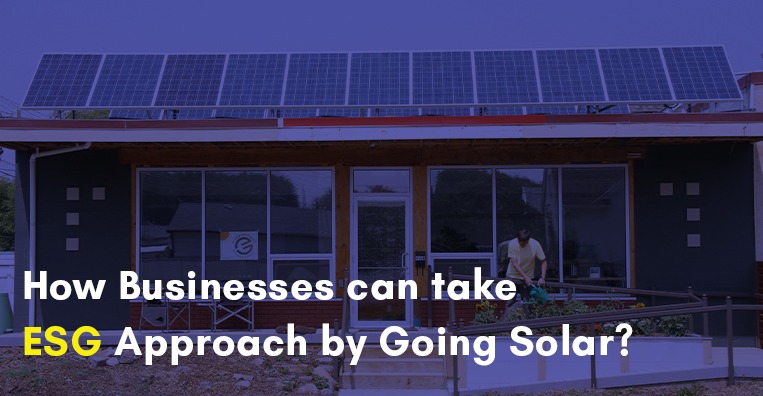
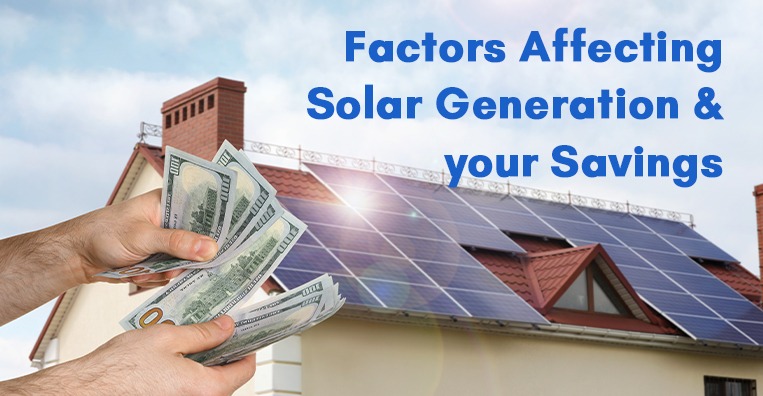
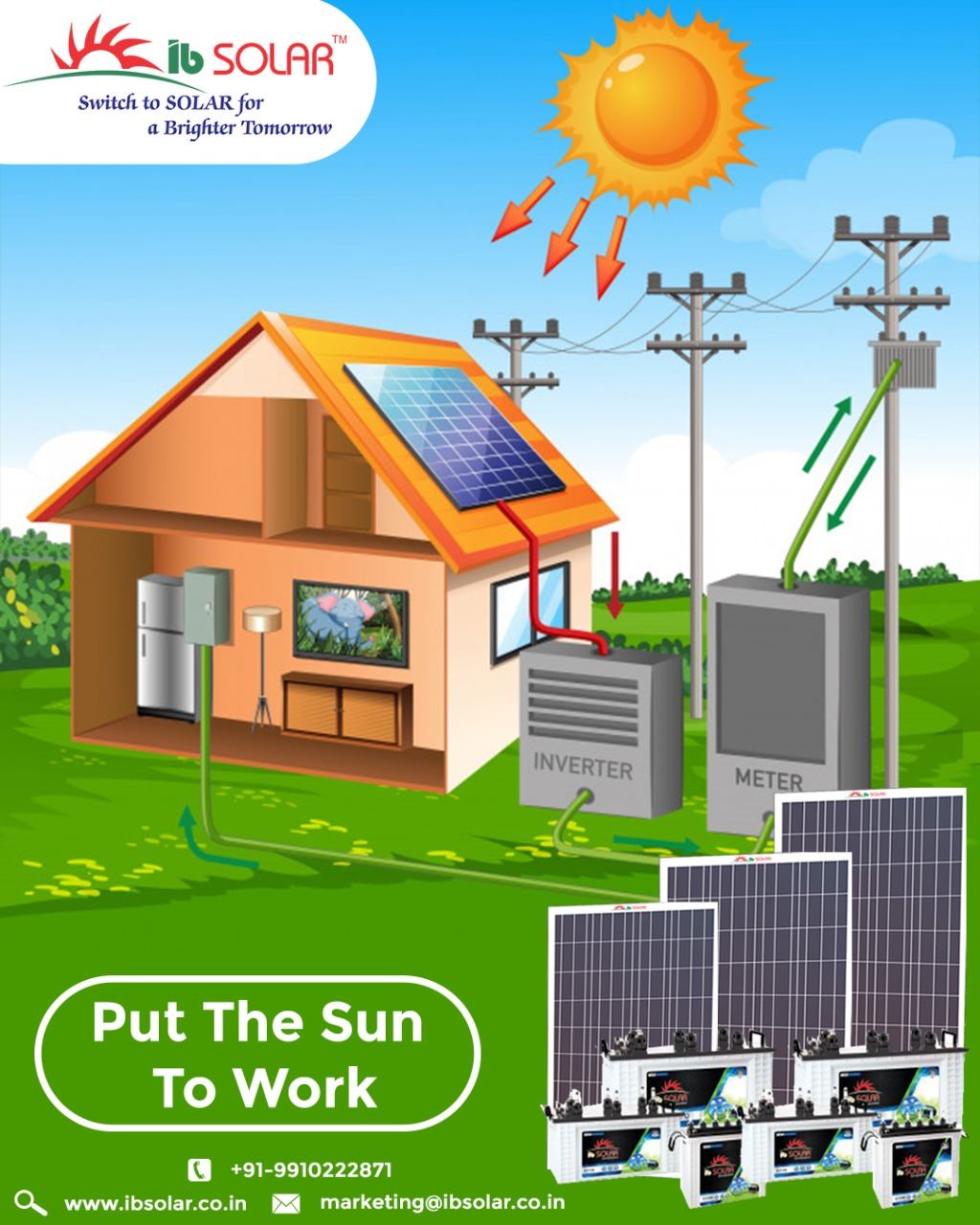
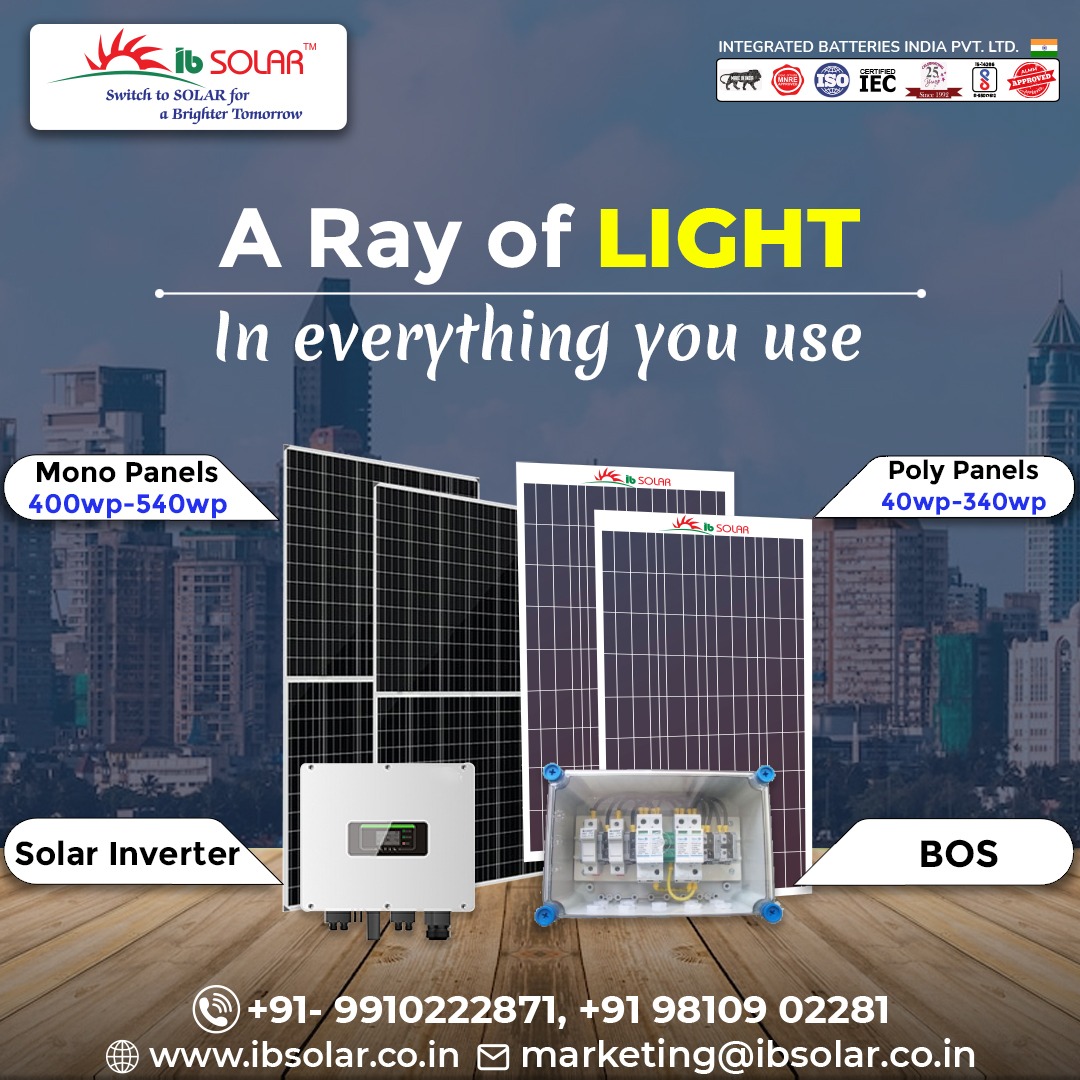
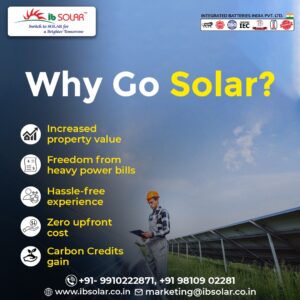


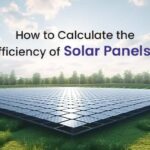

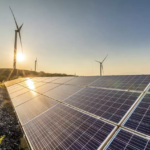
Recent Comments